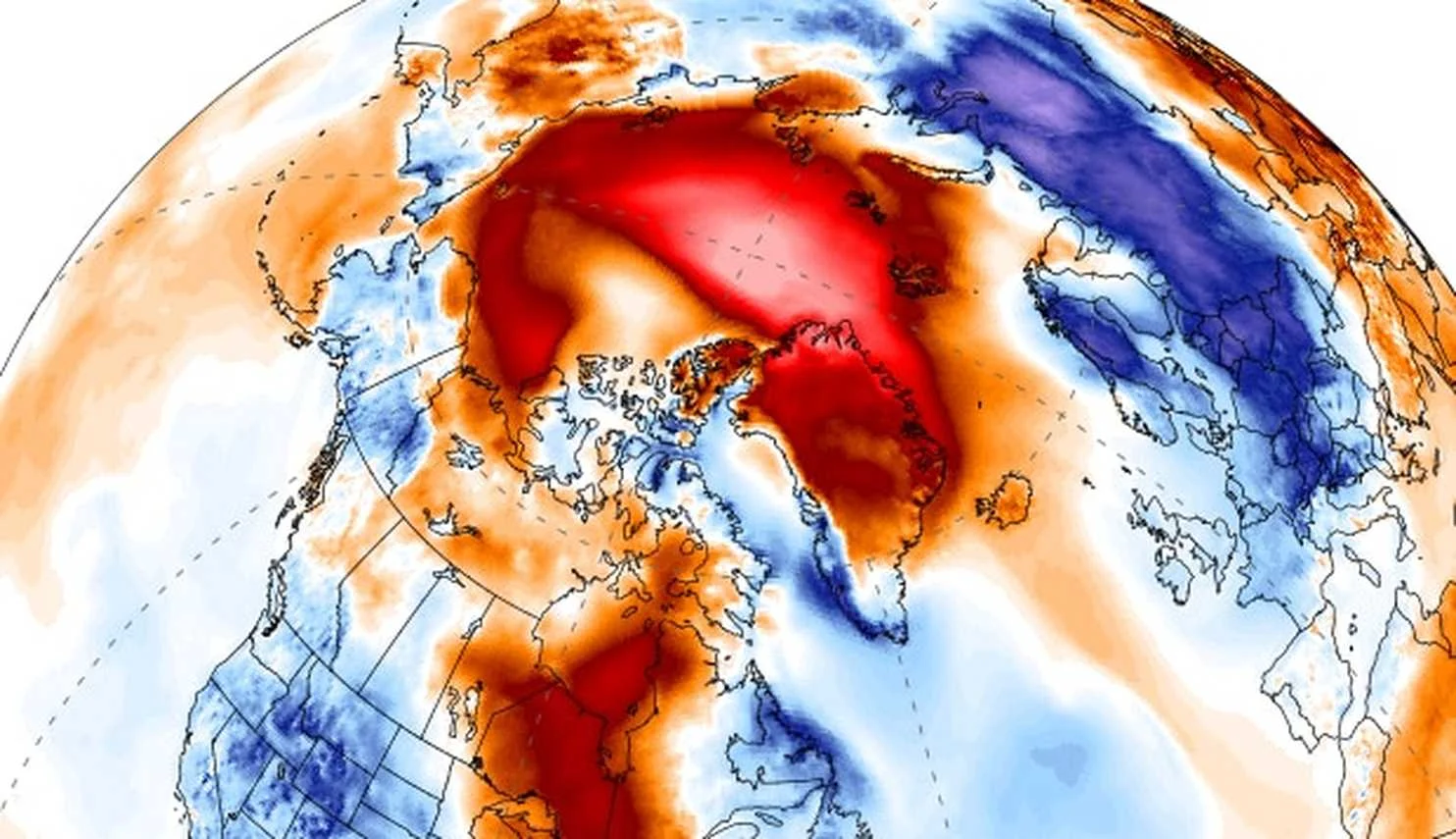Photo: washingtonpost.com
While much of Western Europe is currently experiencing bitterly cold temperatures, courtesy of a cold front from Russia dubbed ‘the beast from the East’, parts of the Arctic are in the grip of a record-breaking warm spell. These phenomena have prompted much debate between scientists and climate change campaigners, as well as casual observers, but what do we actually know about this extreme weather and is there a link between the two events?
The Arctic region has now been experiencing historic warm temperatures for more than four months. At Cape Morris Jesup, which is 450 miles from the North Pole and Greenland’s northernmost point, an air temperature of 43 degrees Fahrenheit was recorded last weekend, which is more than 50 degrees above normal for this time of the year. Similarly, Station Nord, a scientific research station in Greenland nearly 200 miles to the southeast, recorded temperatures of about 36.5 degrees Fahrenheit.
While climate scientists have confirmed that there have been similar events across the Arctic in the past, the intensity of the warmth currently being experienced is unusual. Commenting on the significant shift from normal temperatures, Zachary Labe, a sea-ice researcher at the University of California at Irvine said it was “One of the largest departures on record.”
And this isn’t the only anomaly presently affecting the Arctic. At this time of year, the region’s ocean should be covered in sea-ice. But for the fourth year in a row, there is set to be another all time low for the amount of ice recorded.
Rome experienced its coldest weather in almost five years / Photo: Tiziana Fabi/AP/Getty Images
While the Arctic is experiencing this period of almost unprecedented warmth, Western Europe has been shivering with record-breaking cold temperatures, and significant snowfall has been recorded in many cities, including London, Rome and Paris. But as to whether these two events are related, Meteorologists cannot be sure. Labe is on record as saying that the “blocking pattern” caused by cold air over Scandinavia “certainly played a significant role for this warm air to intrude into the Arctic”, but other contributing factors are the low Arctic sea-ice, which probably allowed an already warm region to heat up even more, an as yet to be explained sudden warming of the stratosphere several weeks ago, which would tend to rearrange warm and cold air masses, and then there’s climate change.
Photo: reuters.com
Climate change is slowly raising the planet’s temperature, and the recent Arctic warming highlights two of the most significant aspects of global warming. Firstly, and according to a recent U.S. government report, warming in the Arctic is outpacing the rest of the world. And secondly, a shift in temperature of just several degrees can have a marked impact on the environment, and the difference between solid sheets of sea-ice and a free-flowing ocean.
While the scientific community doesn’t currently view these unseasonal spikes in temperature as the new normal, at least without much more data, whether a blip or future firm fixture, many have expressed their disbelief at the current Arctic temperatures and the state of the sea-ice. “This is a crazy winter,” said Alek Petty, a climate scientist at NASA, in an interview with the Washington Post. “I don’t think we’re sensationalizing it.”
Related Reading:
The Plight Of The Polar Bear And How You Can Help
Fashion x Climate: EcoSessions Hosts Industry Event During Climate Week NYC




